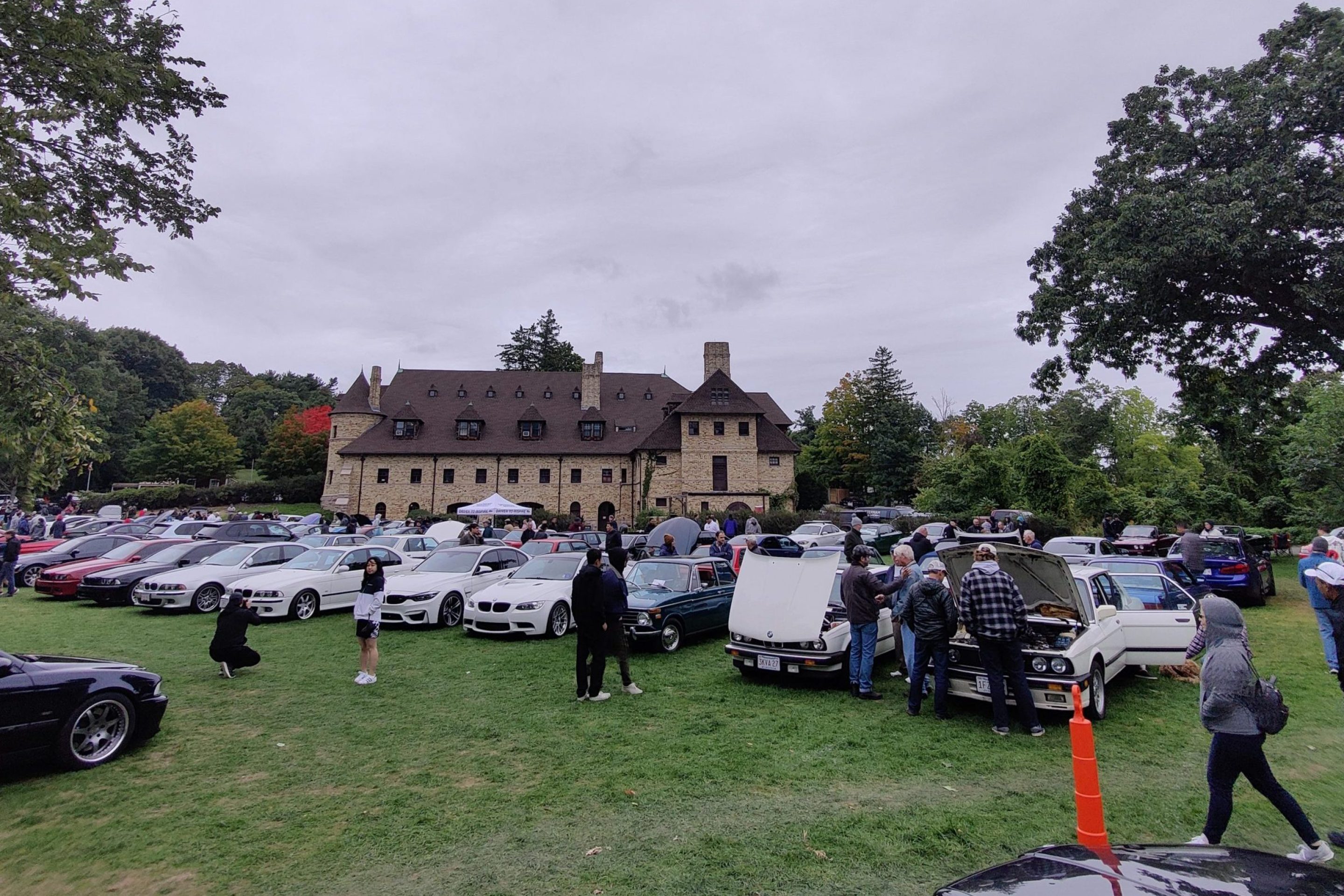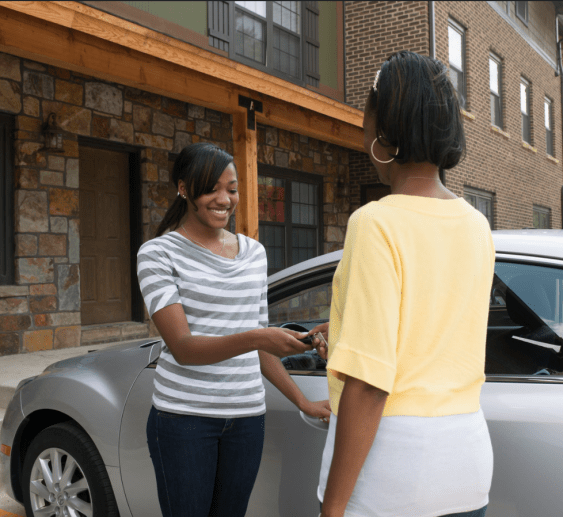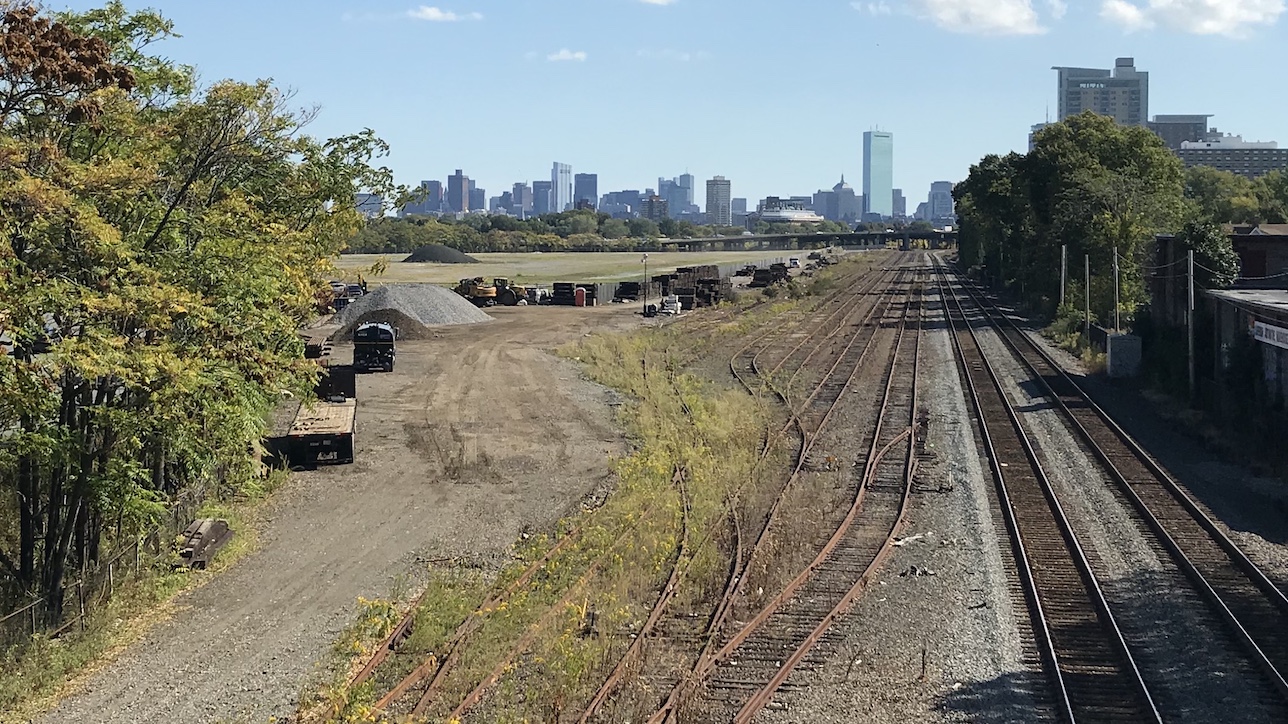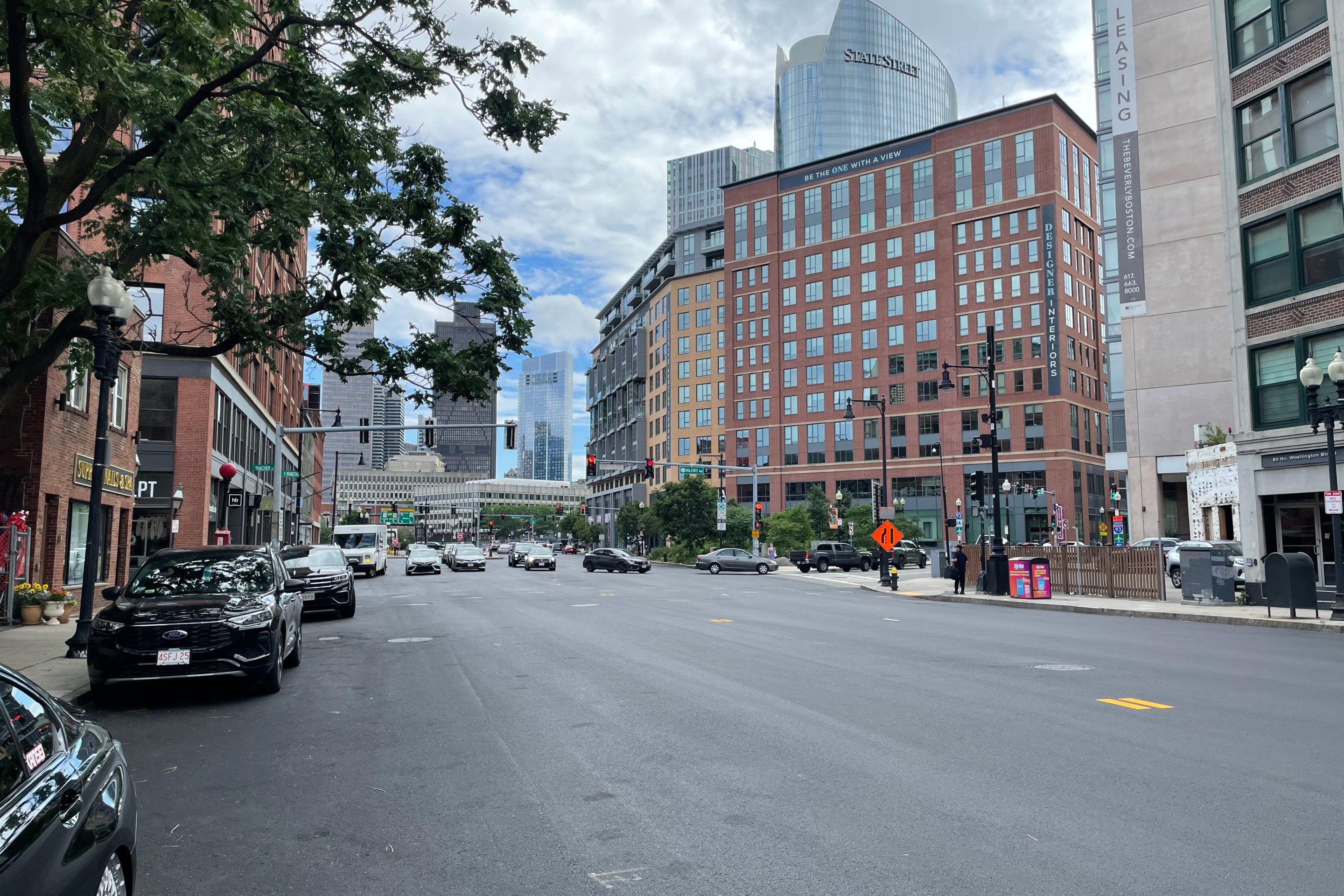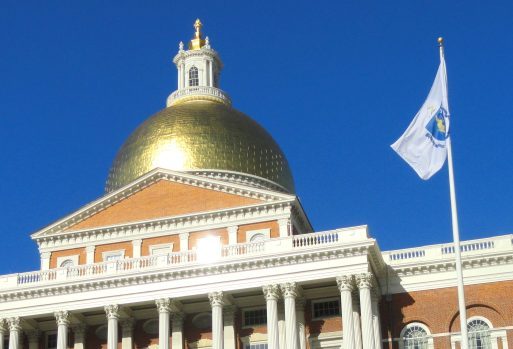Last week, the White House outlined a proposal for a $2.25 trillion "American Jobs Plan," a sweeping stimulus package that is focused on rebuilding infrastructure to reduce greenhouse gas emissions and "promote affordable access to opportunity."
The proposal includes a lot of proposed spending for transit services ($85 billion) and intercity rail ($80 billion) – considerably more than the $115 billion the proposal budgets for roads and bridges.
It’s only a first draft, and many details remain to be worked out through negotiations and debates in Congress, but here’s a quick look at what that kind of money could buy for Massachusetts:
Highway funds to prioritize safe streets programs
Safe streets and environmental advocates are wary of the proposal’s $115 billion in proposed spending for roads and bridges – funding that, in the past, has regularly been misused to make roads wider and more dangerous.
But the White House says that it will use the funding to prioritize basic repair of existing roads and bridges, and that any road upgrades will be focused on "safety, resilience, and all users in mind."
In Massachusetts, highway funds are often "flexed" to finance trails and complete streets projects. The Boston Region Metropolitan Planning Organization, which funds most large transportation projects in greater Boston, is currently in the midst of updating its 5-year budget, and several projects that are unlikely to make the cut in this year's round of funding could be well-positioned to go under construction if new federal funds become available.
The list of candidate projects include:
- Construction of phase one of the Belmont Community Path from Belmont Center to Alewife Station;
- A 2-mile extension of the Marblehead Rail Trail through Swampscott;
- A "complete streets" reconstruction of Washington Street in Brookline that would build new sidewalks and protected bike lanes from Brookline Village to Beacon Street;
- A reconstruction of Western Avenue in Lynn north of the Lynn Common, with the possibility of adding bus-priority infrastructure for the MBTA's 424, 434, and 450 buses.
The White House proposal would also set aside $20 billion in highway funds "to improve road safety for all users, including increases to existing safety programs and a new Safe Streets for All program to fund state and local 'vision zero' plans," according to a White House fact sheet.
There's also mention of a $20 billion for a new program that would "reconnect neighborhoods" that suffered destruction from 20th-century highway projects.
That money could potentially boost large projects like the proposed teardown of the obsolete McGrath Highway in Somerville, or the to-be-determined new design for Morrissey Boulevard on the Dorchester waterfront.
Amtrak floats new services throughout New England
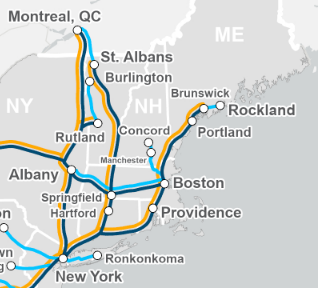
Biden's proposal includes $80 billion "to address Amtrak’s repair backlog, modernize the high-traffic Northeast Corridor, (and) improve existing corridors and connect new city pairs."
Shortly after the White House released its proposal, Amtrak issued a fact sheet outlining new routes and services that it could implement with additional funding.
An accompanying map (right) shows "enhanced services" along the entire Northeast Corridor from Boston to Washington. The Downeaster line to Maine, the Hartford Line between Springfield and New Haven, and the Vermonter line north of Springfield are also highlighted for "enhancements."
The map also includes the much-studied East-West route, which, under Amtrak's proposal, would be extended from Pittsfield to Albany, plus new service to New Hampshire, and an extension of Vermonter service to Montreal (a project that's long been in the planning pipeline, but is contingent on the construction of a new border checkpoint inside Montreal's train station).
Ben Heckscher, a co-founder of Trains In The Valley, an organization of Pioneer Valley rail advocates, says that running trains all the way to Albany, a metropolitan area of 1.2 million people, could add significant benefits to the proposed east-west rail service between Boston, Springfield, and Pittsfield.
“At some level the wild card here is still MassDOT," says Heckscher. "They’ve never been very excited, from our perspective, about getting east-west rail implemented."
Transit funds could accelerate regional rail electrification
Biden's bill would also allocate $80 billion "to modernize existing transit and help agencies expand their systems to meet rider demand," according to a White House fact sheet.
To put that number in some context, the the Federal Transit Administration last year budgeted $1.9 billion in its Capital Investments Grants program to help transit agencies finance transit expansions, including the Green Line Extension in Somerville and Cambridge. So even if the $80 billion in this proposal were spread out over the course of a decade, it would represent a major increase in federal investment.
The MBTA has a long wish-list of projects that could benefit from this funding: new bus garages, electrification of regional rail lines, and a long-planned extension of the Blue Line to Charles Circle.
Unfortunately, those projects don't merely require funding: the T would need to hire dozens of new staff in the short term to plan and manage those projects.
And hiring for the T's rail and bus network "transformation" offices, which the T's governing board authorized in 2019 to oversee planned regional rail upgrades and bus improvements, has been put on pause during the pandemic.
EV subsidies, but also funding for electric buses
The Biden plan also proposes $174 billion in spending for electric vehicles.
If approved, much of that money is likely to fund subsidies for people buying new cars. As reported previously on Streetsblog, consumer electric car subsidies overwhelmingly benefit wealthy car buyers, and have so far been ineffective at reducing gasoline consumption at the necessary scale.
However, a significant chunk of the White House's proposed electric vehicle spending would also go to transit agencies, school districts, and other government agencies, to help electrify public vehicles.
The Biden plan proposes to "replace 50,000 diesel transit vehicles and electrify at least 20 percent of our yellow school bus fleet (or about 96,000 buses) through a new Clean Buses for Kids Program."
The money would also finance the government's plan to electrify the United States Postal Service's massive fleet of delivery trucks.

